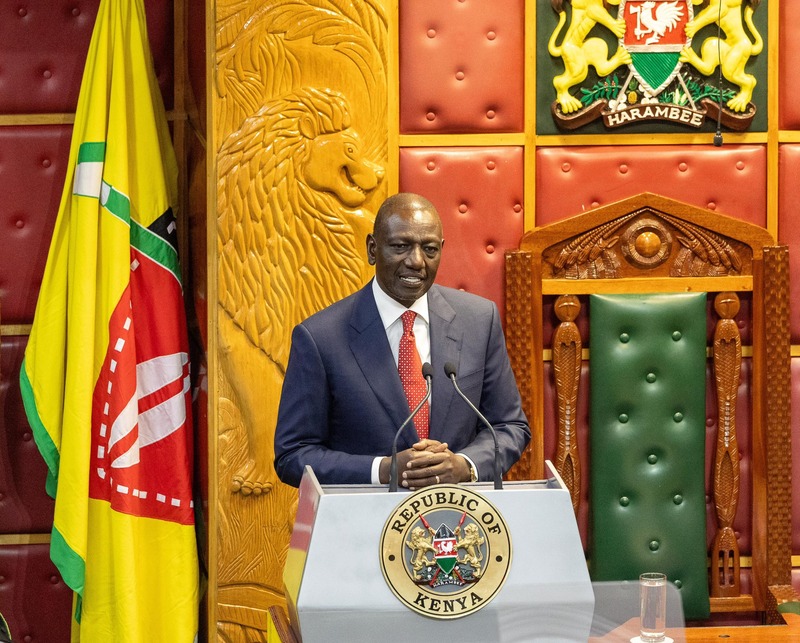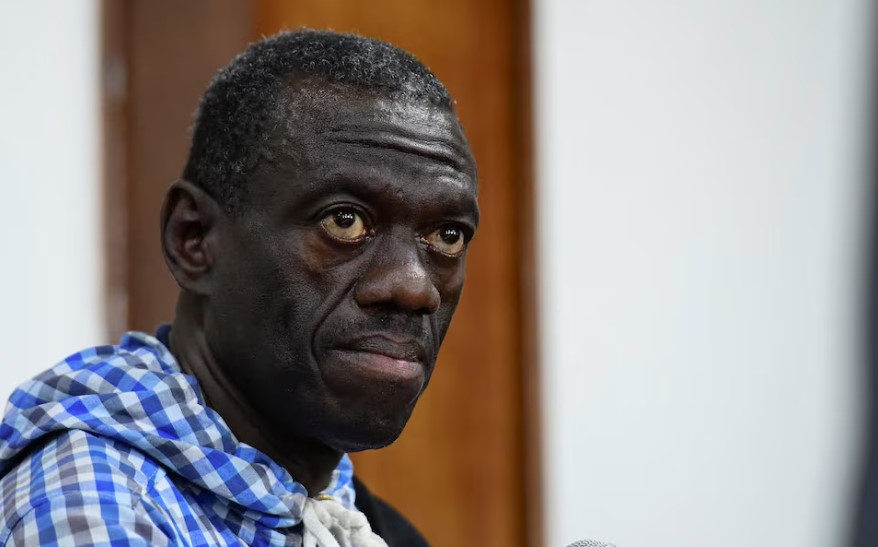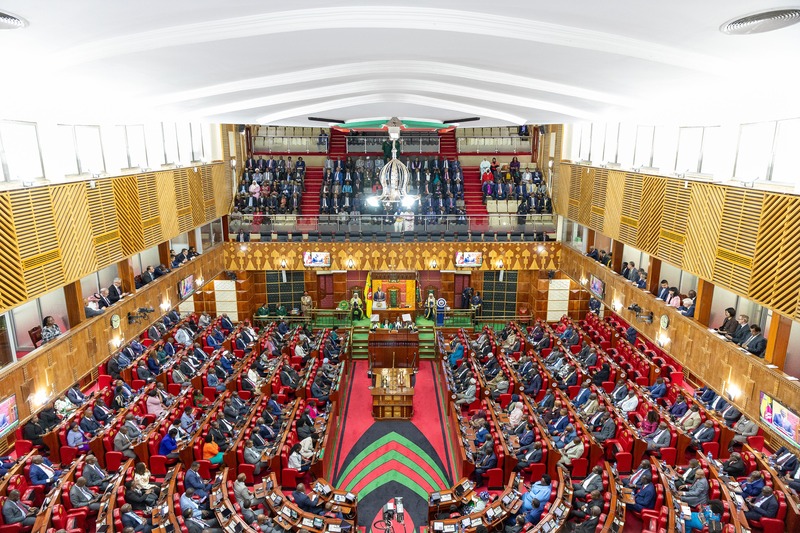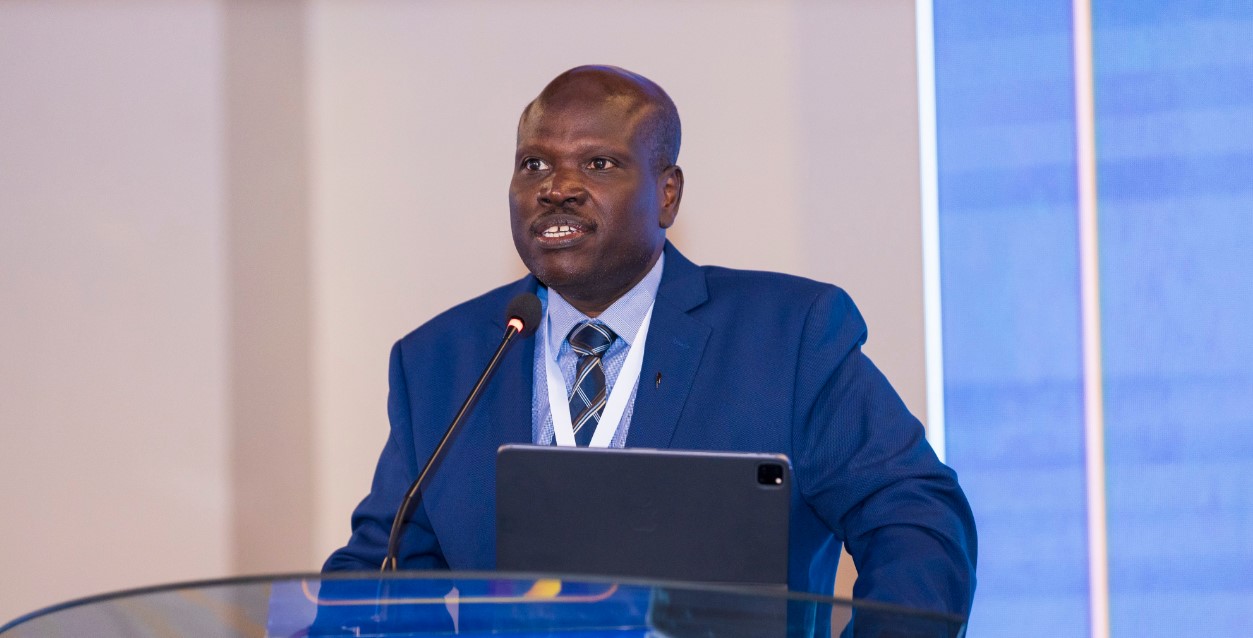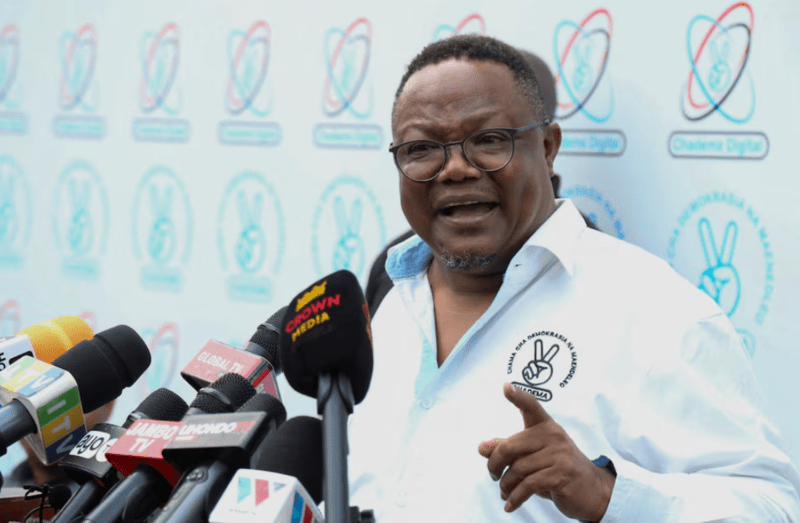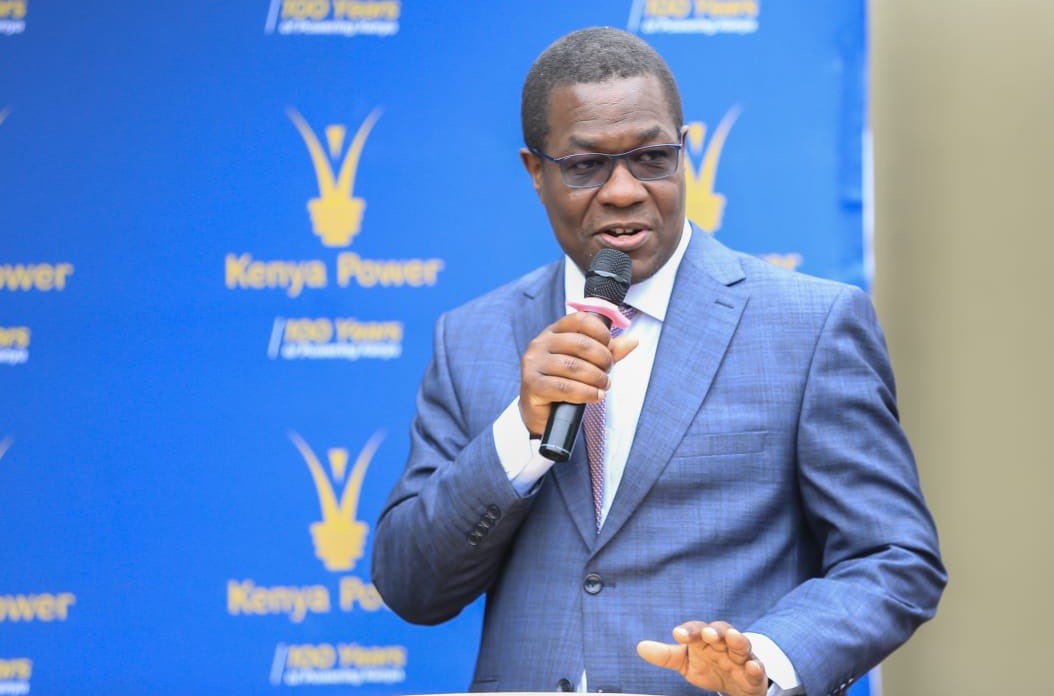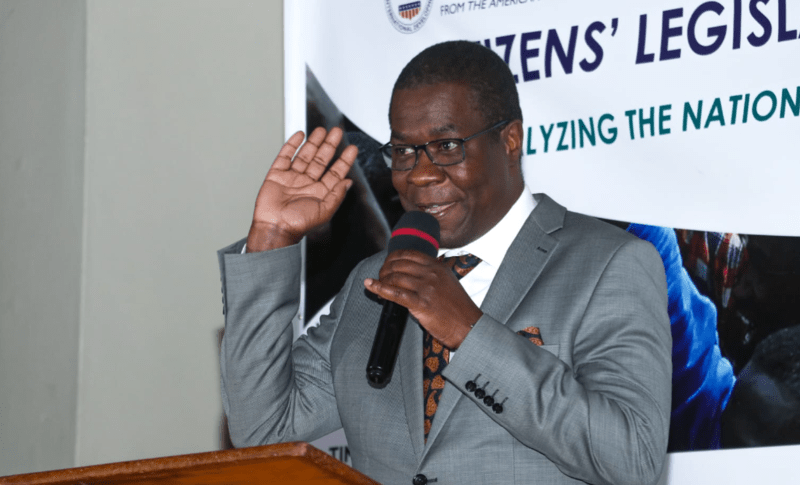Tanzania President Samia Suluhu dissolves entire electricity board after frequent power outages
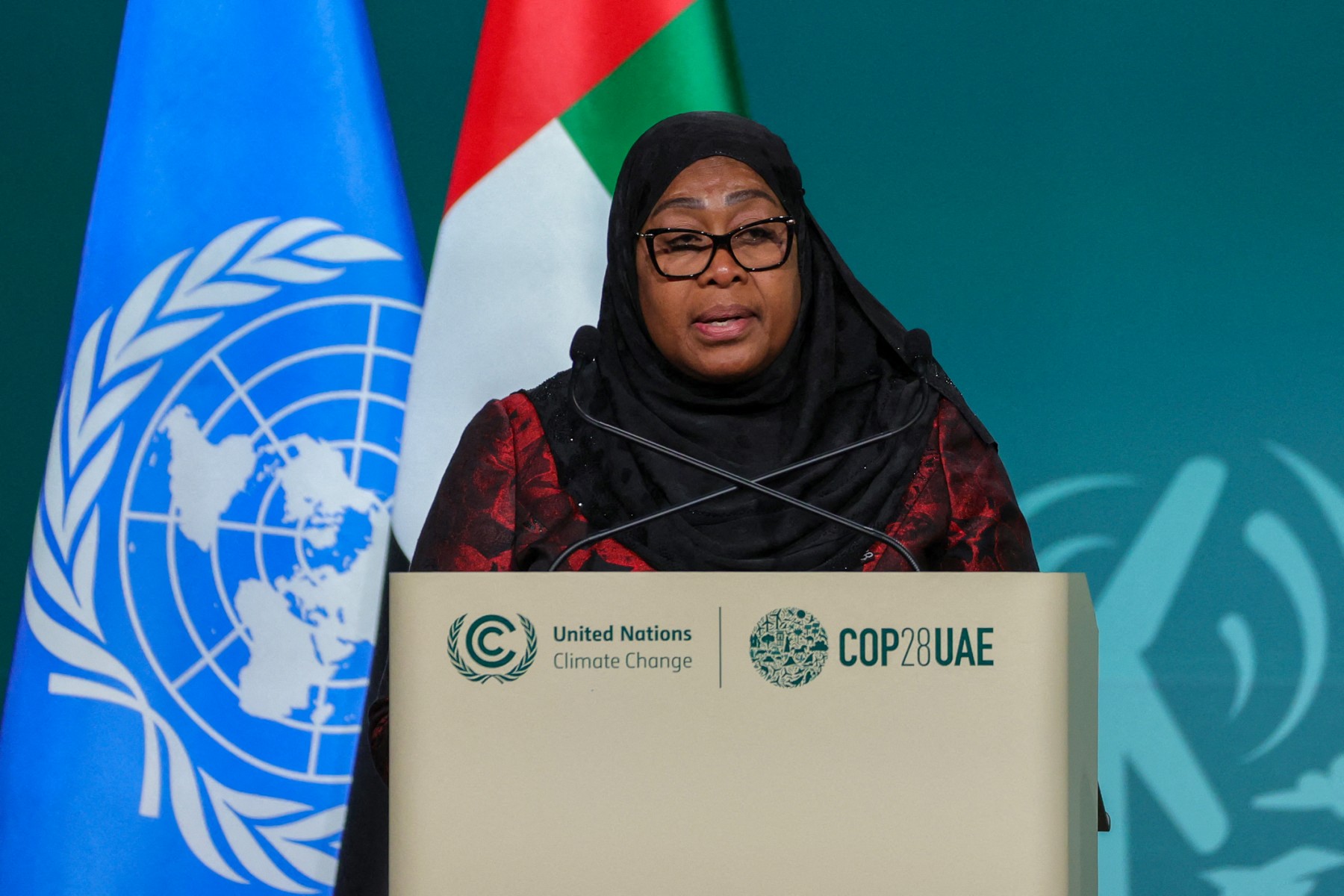
By Tula Oliktiga |
The action comes as a result of growing public dissatisfaction with the ongoing power rationing in the country.
In response to the frequent power outages plaguing Tanzania, President Samia Suluhu Hassan has made a decisive move by firing the entire board of the Tanzania Electric Supply Company (Tanesco).
The action comes as a result of growing public dissatisfaction with the ongoing power rationing in the country.
Keep reading
- How Kenya Power employees stole Sh207 million diesel meant for Turkana stations
- Tundu Lissu calls for action amid rising human rights abuses in Tanzania
- Senior Tanzanian opposition party official abducted and seriously injured, party says
- EPRA reveals how Kenyans were charged for unused electricity in 2023
The former board chair, Major General Paul Kisesa Simuli, has been appointed as Tanzania's ambassador to Uganda, while Dr Rhimo Nyansaho, the director of business development at Azania Bank, has been chosen as the new board chair.
The change in leadership at Tanesco is part of a broader effort to address the country's power supply challenges. Tanzania is currently facing reduced power generation due to low water levels in dams and necessary repairs to the electricity infrastructure. These factors have led to a significant shortfall of 400 megawatts.
The situation has had a significant impact on industries and households, with manufacturers reporting a substantial increase in operating costs when relying on generators instead of the national grid.
However, the end of the country's power challenges is in sight as the Julius Nyerere hydropower dam began filling with water. When completed in 2024, the dam is intended to triple the country's installed capacity.
According to 2019 data from the most recent 2020 National Power System Master Plan (PSMP), natural gas accounts for 57 per cent of Tanzania’s generation capacity, while hydropower accounts for 37 per cent.
Off-grid capacity is still available, with liquid fuels providing most of the energy, while scattered biomass facilities account for less than one per cent of total generation capacity.
The PSMP intends to change that to 28 per cent from hydropower, 33 per cent from natural gas, 26 per cent from coal, and just over 12 per cent from wind, solar, and geothermal energy by 2044, but it is unlikely that this combination will be reached.
Reader comments
Follow Us and Stay Connected!
We'd love for you to join our community and stay updated with our latest stories and updates. Follow us on our social media channels and be part of the conversation!
Let's stay connected and keep the dialogue going!



